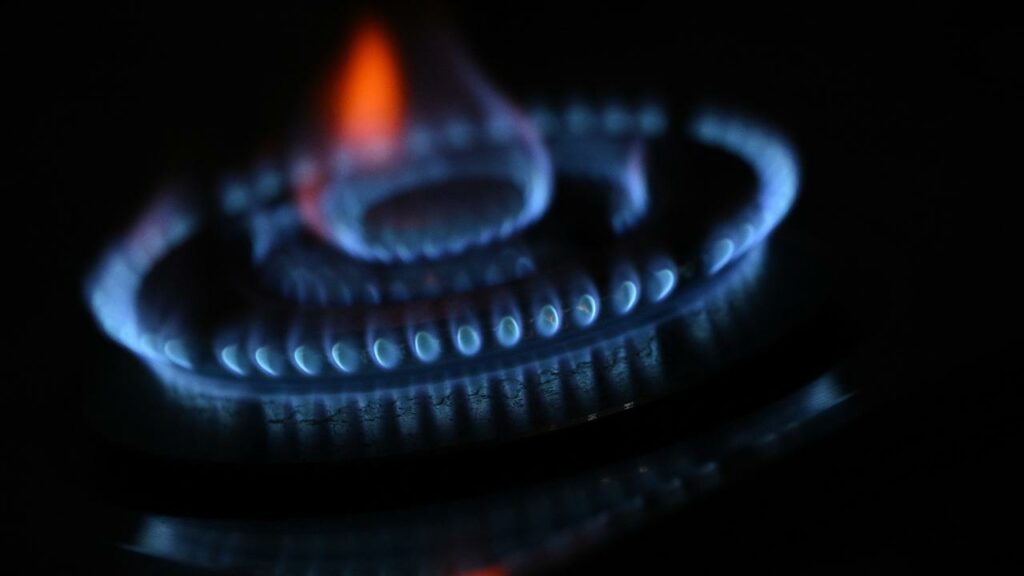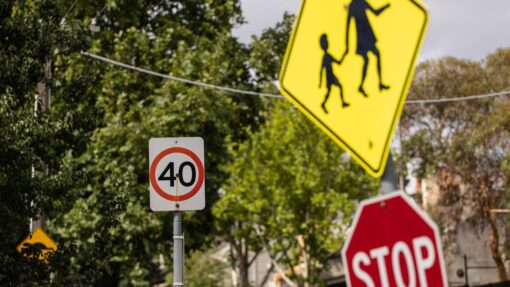Critical minerals in demand but gas remains ‘important’
Marion Rae |

The road to net zero emissions runs through mines and offshore platforms in a budget that supports the resources industry.
Australia’s vast reserves of critical minerals, including rare earths, are crucial components of batteries, electric cars and solar panels as well as communications and high-tech defence equipment.
“Australia has exactly what the world needs, exactly when the world needs it,” Treasurer Jim Chalmers said.
But the greatest opportunities are in processing, refining, manufacturing and recycling, not raw exports.
New spending includes $57.1 million for critical minerals partnerships to secure Australia’s place in global supply chains, building on the $2 billion Critical Minerals Facility and $1 billion from the National Construction Fund for resources.
A new Powering Australia Growth Centre will be established as part of a long-term plan for Australian-made batteries.
Funding for the Critical Minerals Office has been extended to support economic opportunity for regional Australia in particular, as the world-class mines and processing plants are mostly located far from major cities.
“They will be increasingly important to global efforts to decarbonise and reach Paris commitments,” Resources Minister Madeleine King said.
The budget papers confirmed changes to the Petroleum Resources Rent Tax to cap deductions and add $2.4 billion to federal coffers over five years.
The cap applies to existing projects covered by the gas tax, giving a seven-year free pass to new projects.
Consultation on the final design, implementation and draft regulations will occur later this year.
The budget also includes $2 billion for a “hydrogen headstart” to support two or three flagship renewable hydrogen projects to develop a commercially viable fuel for making green steel, fertilisers and powering heavy transport.
“Hydrogen power means Wollongong, Gladstone and Whyalla, can make and export everything from renewable energy to green steel,” Dr Chalmers told parliament.
Ms King said liquefied natural gas remains “an important part of Australia’s energy mix” as a key export and for energy users.
Australia’s retail gas prices are forecast to increase by four per cent in 2023/24, compared to the October budget forecast of 20 per cent, but energy prices in 2024/25 are highly uncertain.
The budget allocates $6.7 million for a Future Gas Strategy as the grid aims for 82 per cent renewables by 2030 and reassure customers that Australia will continue to be a trusted energy supplier.
Despite high commodity prices, the budget papers forecast minimal growth in mining investment after a flat 2022/23, rising by two per cent in 2023/24 and 1.5 per cent the year after.
The outlook reflects expenditure on maintaining existing production capacity and a small number of gas and metal ore projects.
Some $14.3 million will support research and development with the Queensland government on reducing emissions in the state economy’s dominant oil and gas industry that has grown rapidly over the last decade.
This project will support the shared objective of the federal and Queensland governments to reach net zero by 2050.
Ms King said Australia has a robust regulatory framework for offshore oil, gas and carbon capture and storage.
But as this sector transforms, it is imperative regulations are fit-for-purpose for a decarbonising economy, she said.
Budget funding includes $12 million for a review of the environmental management regime for offshore petroleum and greenhouse gas storage, including carbon capture and storage projects.
With $60 billion of offshore petroleum decommissioning to come over the next 30 to 50 years, the budget allocates $4.5 million to develop a road map out – for infrastructure and workers.
AAP


